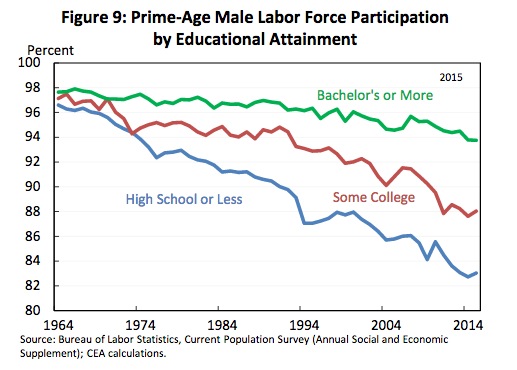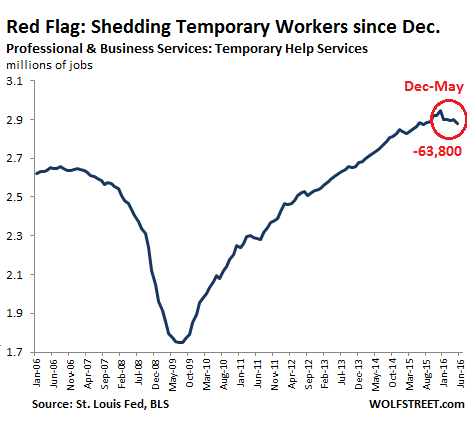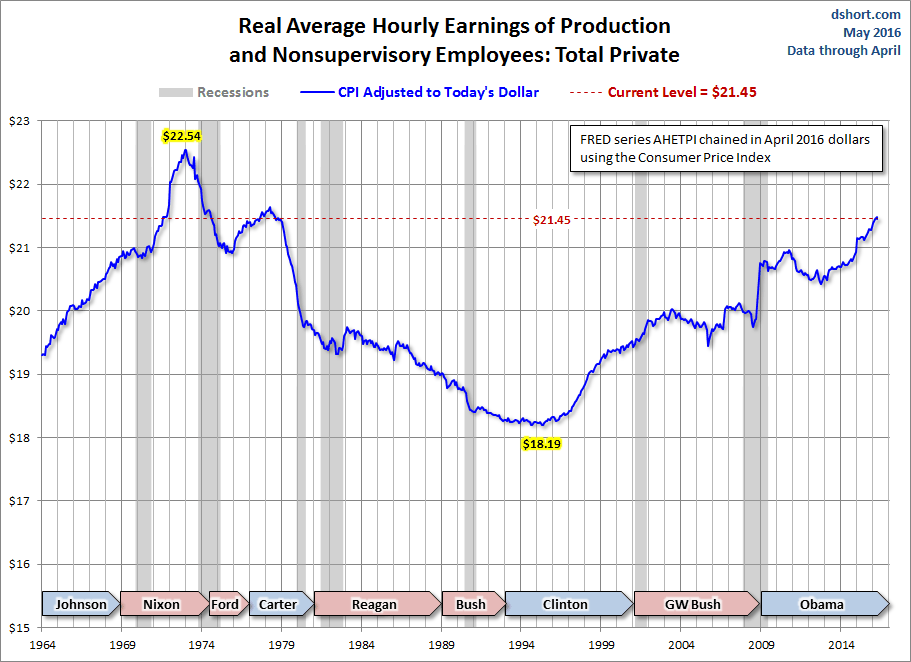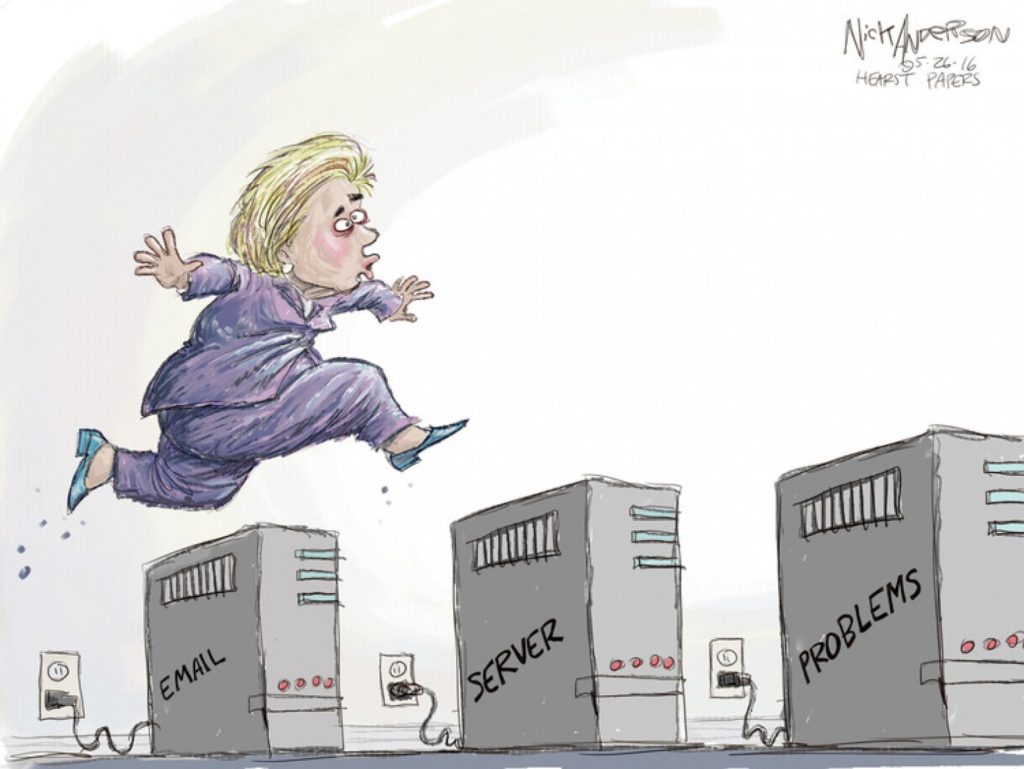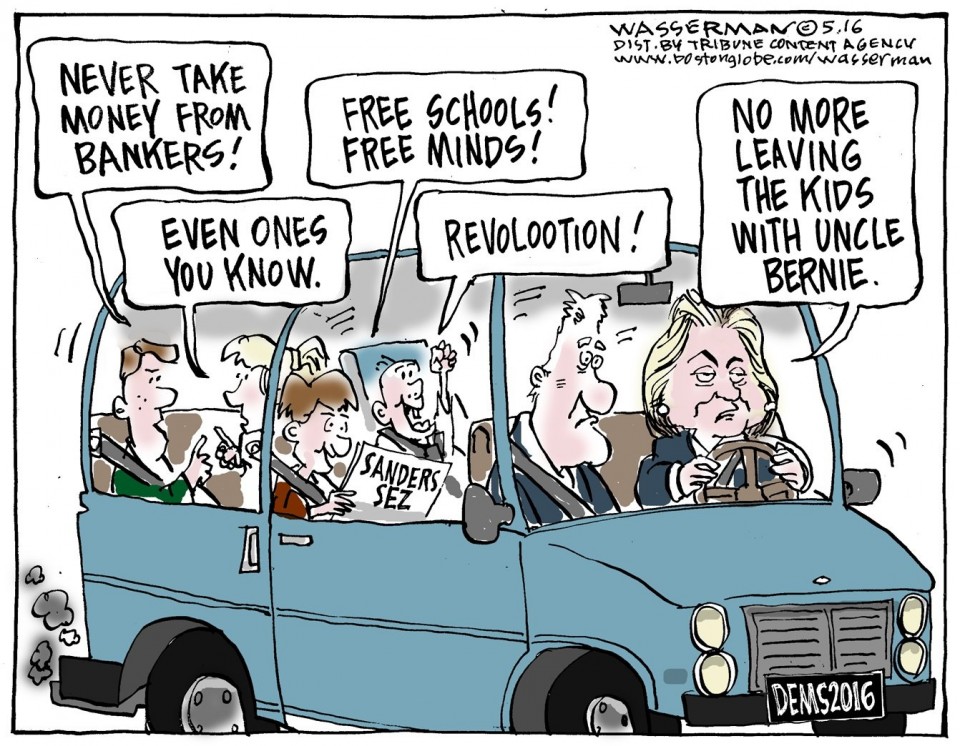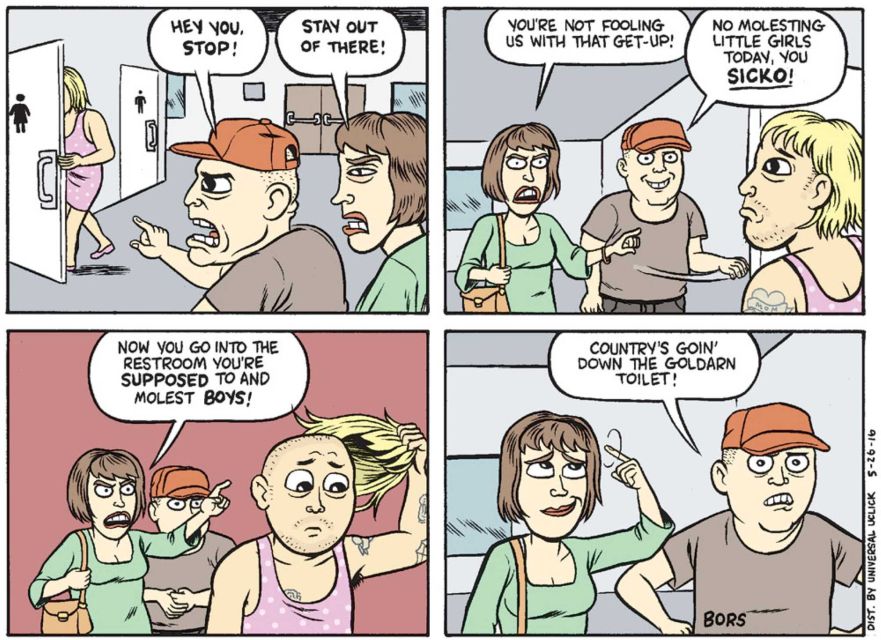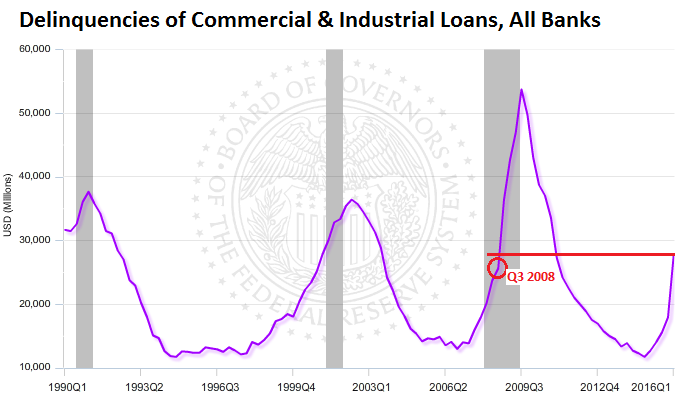Around here, Monday means a wake-up tune. We should have Brexit breakup music, but instead of song, we need to watch this video by Mark Blythe, a Scottish political scientist, and a professor of international political economy at Brown University, about the logic behind voting for Brexit:
Blythe makes more sense in 5 minutes about the EU, why Brexit happened, and some implications for the US, than the entire journalistic class has said using millions of words over the past few days. At 4:01, he says, “As I like to say to my hedge fund friends, the Hamptons is not a defensible [military] position.”
Let’s take a quick look at a few conclusions of the Brexit vote:
- Rust cities and towns largely voted to Leave
- Wealthy cities favored Remain
- Rural areas that have not seen much immigration had seen a lot of austerity
- Older voters wanted to return to the prosperous 1970s-1980s, regardless of whether that is realistic
Demographically, the most striking difference in voting was between young people and older people. A YouGov poll showed:
18-24: 75% voted for Remain
25-49: 56% voted for Remain
50-64: 44% voted for Remain
65+: 39% voted for Remain
So younger voters wanted to keep the option to be citizens of a larger economic unit, where they might find more and better job opportunity, while older voters wanted out of the EU for a variety of fact-based and fear-based reasons. On either side of the Atlantic, it’s a mistake to think that people know all the facts before they decide. From Seth Godin:
There are two common causes of uninformed dissent…The second (quite common in a political situation), is the tribal imperative that people like us do things like this. No need to do the science, or understand the consequences or ask hard questions. Instead, focus on the emotional/cultural elements and think about the facts later.
Our first Brexit lesson is that America has a huge base that is angry, scared, and possibly, more than willing to jump into the abyss. Sober analysts warned Britons that pulling out of the EU would be an economic and security debacle. But, as Matthew d’Ancona of The Guardian observed:
They heard the warnings, listened to experts of every kind tell them that Brexit meant disaster, watched the prime minister as he urged them not to take a terrible risk…And their answer was: Get stuffed.
Our second Brexit lesson is that nativism, anti-immigration fervor, and elite-bashing are potent tools.
There was a definite scent of “Make Britain Great Again” running through the Leave campaign. The Leavers urged Britain to “take control” of its borders. While we point at Mexico, they pointed at Turkey, which they said would flood the UK with immigrants, even though Turkey may never be a member of the EU.
You can call it racism, you can blame it on the “market” or, you can blame it on the economic circumstances created by the political elites steering the ship.
This resonates in the US because foreigners are a source of marginal cheap labor that corporations use to bludgeon our working class. That anger is partly justified. However, it is misdirected, because people only believe what they want to believe, and because it’s easier for working people to blame foreigners than to blame themselves for repeatedly electing an economic elite that just keeps playing them over and over.
Brexit is an important wake-up for the US presidential election. Britain’s uprising against the European Union is the sort of populist victory over establishment politics that could easily happen here. As the NYT said on Sunday:
Mrs. Clinton shares more with the defeated “Remain” campaign than a similar slogan — her “Stronger Together” echoing its [Remain’s] “Stronger In.” Her fundamental argument, much akin to Prime Minister David Cameron’s against British withdrawal from the European Union, is that Americans should value stability and incremental change over the risks entailed in radical change and the possibility of chaos if Donald J. Trump wins the presidency.
Hillary urges potential voters to see the big picture, while promising to manage economic and immigration upheaval, just as Mr. Cameron did. She is also a pragmatist battling against nationalist anger, cautioning that the turmoil after the Brexit vote underscored a need for “calm, steady, experienced leadership in the White House.”
But we are not the UK, and today, the ABC/WaPo poll has Hillary is up by 12 points, although we still have miles to go before 2016’s election night.
We will have future columns covering our neo-liberal policies, their impact on the American people, and their implications for 2016, over the coming days and weeks.

